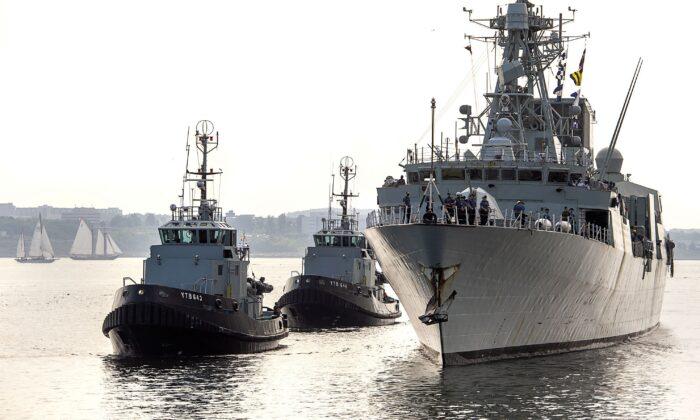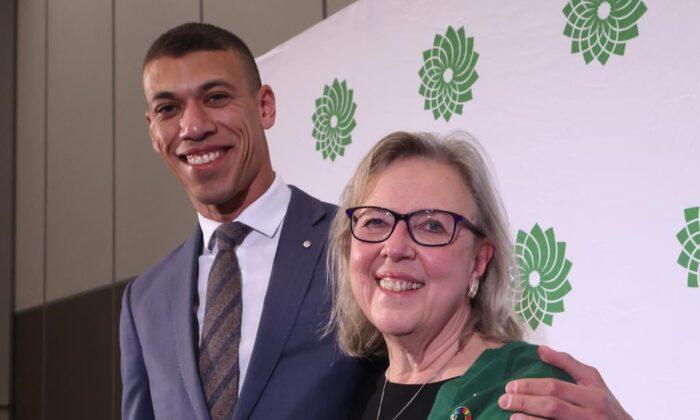“The military suffers if senior levels of government do not value the military,” said retired lieutenant-colonel John Selkirk, currently executive director of Reserves 2000, a national alliance of Canadians dedicated to furthering the army reserve and citizen soldiers.
“Let’s face it. Unless there’s a threat to our way of life, I guess people don’t get excited about the military, unfortunately,” he said in an interview.
Retired Colonel J. Paul de B. Taillon, an adjunct professor at the Royal Military College of Canada, agrees with the view that the government does not see the military as a priority.
“Let’s just be perfectly blunt. There’s only one pig in the slaughterhouse here, because in the wake of this COVID and the money handouts, who are you going to slaughter—our social programs if you’re a Liberal? No way,” said Taillon. “The only one that’s available is the Department of National Defence.”
The National Defence Department’s report showed that Canadian Forces base on average had less than three-quarters (72 percent) of the required personnel present and available. CFB Halifax was staffed at only 62 percent.
“The focus on staffing high-category … positions with operational personnel results in personnel shortages being absorbed by lower category units such as bases,” reads the report.
Selkirk said the findings don’t surprise him.
“They don’t have enough to go around, so they’re prioritizing and putting the priority on operations, which I would want—I think that’s the right thing to do. Eventually [however,] you pay a price for that because you can’t run your schools down. You can’t, otherwise you don’t get … courses that need to be run every year, the number of recruits need to be trained, and so on and so on.”
The eight bases examined in the report had around $521.3 million in funding in 2014–15, but that fell to $305.5 million in 2016–17, before a slight increase to $324.5 million in the year following. The drop coincides with the Trudeau government taking power in the fall of 2015.
According to the report, the resource management support (RMS) clerk position was split in 2016 into the separate roles of administrative clerk, finance clerk, and construction engineer clerk. Some tasks formerly done by a single RMS clerk now required more than one clerk, who also did not have access to each other’s systems.
“What you’ve done is now have to have three clerks to do the job of one. Wow. And then you wonder why we don’t have enough people? We are not flexible enough,” said Taillon.
The report acknowledged, “The time required to process civilian staffing documentation has been noted as a challenge in meeting the personnel requirements.”
It’s a problem that University of Calgary political science professor Robert Huebert is familiar with.
“I’ve had students waiting forever, and it’s just because they don’t get the proper training opportunities. They sign up for a certain [military] trade they have to be trained in, and they are waiting,” Huebert said in an interview.
Shared Services Canada (SSC) has handled many of the IT requirements of the Canadian Armed Forces since 2011. However, nearly one quarter of the military’s IT service tickets to SSC have taken more than 180 days to complete.
“Once again, it’s this inability to deal with the details. … It ultimately goes back to Shakespeare: For the want of a nail, the horse was lost; for the want of a horse, the battle was lost,” Huebert said.
“It’s this ongoing crisis where the government loves to use the force and never ever really wants to take responsibility for doing things that aren’t politically sexy.”





